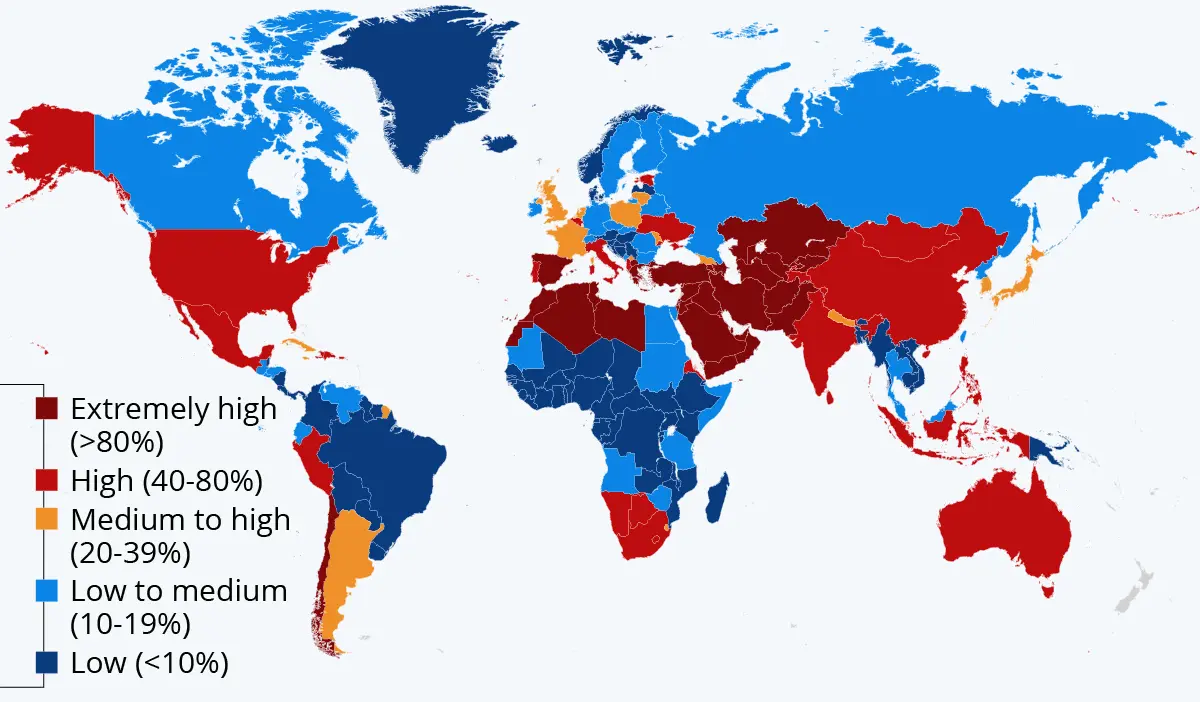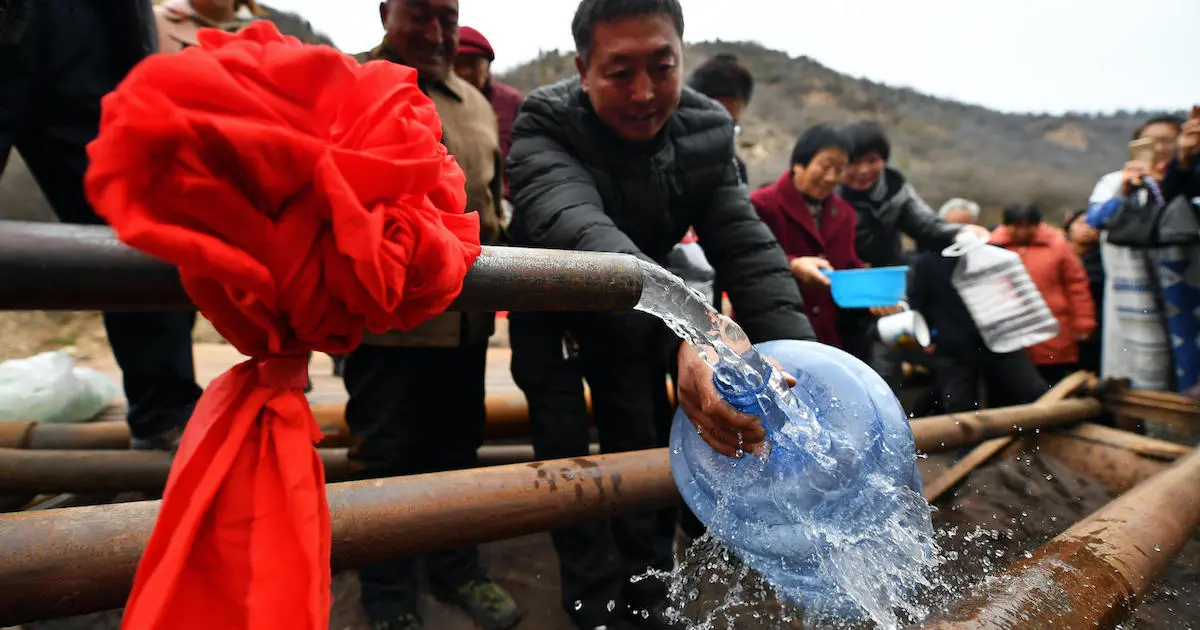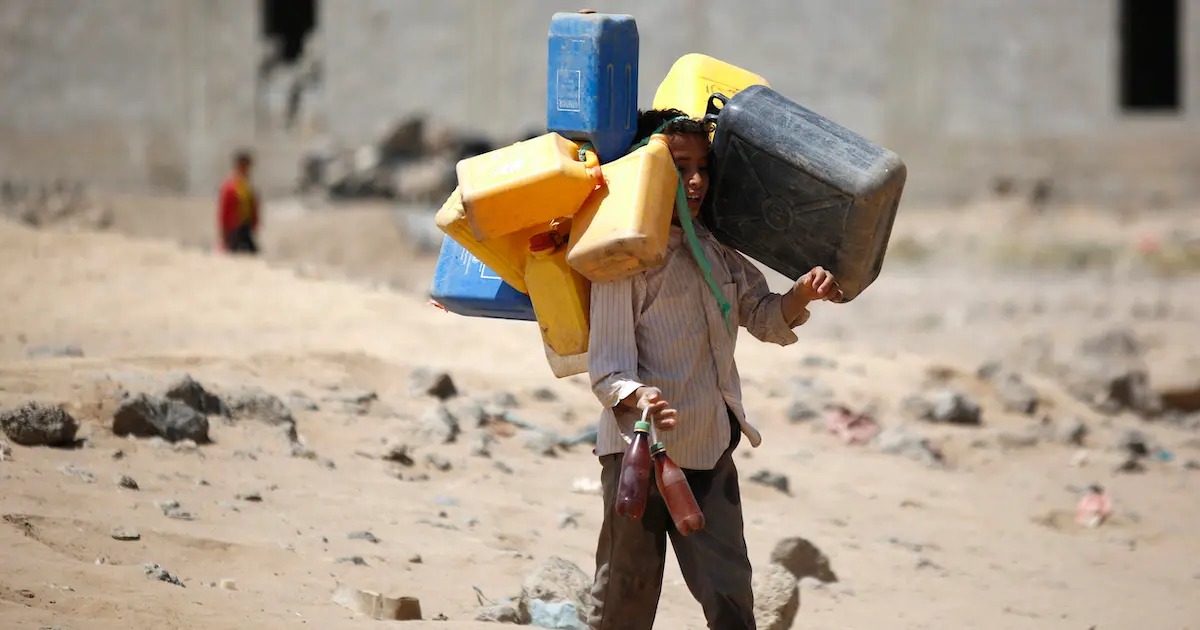Is There Enough Water To Sustain 8 Billion People?
According to the World Health Organisation (WHO), over two billion people already live in water-stressed countries, a problem that is expected to become more acute as a result of climate change and human population growth.
Accessibility
In 2010, the UN General Assembly recognised that everyone has a basic human right to “sufficient, continuous, safe, acceptable, physically accessible and affordable water for personal and domestic use”.
Although water is the most abundant resource on the planet, just 3% of earth’s water is fresh, with only 1% of that fresh water suitable for drinking. The WHO states that: “The basic need for water includes water used for personal hygiene. But defining a minimum has limited significance, as the volume of water used by households depends on accessibility”.
Across the globe, one billion people have no access to a safe and reliable source of drinking water. This results in over one million people (mostly children) dying every year from diarrhoeal diseases, including cholera. The combination of increased population growth in highly concentrated areas, together with the effects of climate change, continues to exacerbate water scarcity. Geopolitical modelling also indicates that social unrest and even war are likely to become a greater threat to stability in the future if fresh water is not equally available to entire populations.
Types and Usage
Even without taking human population growth into consideration, the management of fresh water resources is critical.
Found in rivers, streams, lakes and underground reservoirs, ‘blue water’ (also referred to as non-food water) is a visible water source attributed to around 8% of total global water consumption. This is water used for drinking, cleaning and washing, as well as in the manufacturing of materials such as steel, paper and clothing. Blue water can be treated and recycled, although this is entirely dependent on the necessary infrastructure being in place.
The remaining 92% is referred to as ‘green water’. This is the water hidden inside trees, plants and soil, and essential for food production, both agriculture and farming. Whilst ‘green water’ is recycled naturally through the earth’s weather systems, it cannot be recycled locally. In fact very little of the water used for crop irrigation is recycled at all, making our food system dependant on what nature is able to offer.
The following diagram illustrates where water stress will be highest by 2040 (Source: World Resources Institute via the Economist Intelligence Unit)

“Instead of controlling the environment for the benefit of the population, perhaps it’s time we controlled the population to allow the survival of the environment.” Sir David Attenborough – Naturalist & Broadcaster
The fragile relationship between water resources and our food choices may also come under greater scrutiny over the coming decades. The average daily water consumption of a meat-eater is five-thousand litres per day (accounting for the water consumed in the production of the meat), whereas the average for a vegetarian is two-thousand five hundred.
To some degree, science and technology have helped farmers around the world to improve food productivity through better management of water resources. But there is a limit to what modern agriculture and farming techniques can achieve.
Water Scarcity
Water is essential for sustaining all life on our planet and each one of us is tied to it for every minute of our existence. Yet fresh water is a finite resource and the demands placed on drinking water and food supply chains by a growing human population are simply not sustainable.
Most people still think of water scarcity as an ‘African problem’, or something that occurs in only the hottest climates across the globe. The reality, however, is that all over the world, the water systems that keep ecosystems thriving and feed a growing human population have become stressed. Rivers, lakes and aquifers are drying up or becoming too polluted for use. More than half of the earth’s wetlands have now disappeared and climate change is altering weather patterns around the world, impacting on the availability of fresh water for drinking and food production.

With the world’s human population now in excess of 8 billion, it is thought that within a few short years, two-thirds of people could face water shortages. And as overpopulation becomes more acute still, water and food scarcity will begin to affect the daily lives of many more around the world.
“All the major threats to humanity – climate change; biodiversity loss; pandemics; food, water and energy insecurity – are the result of human overpopulation.” Yan Vana – Author of The Message
Submitted by Friends of Retha
The Message is the ground-breaking new novel by Yan Vana, a thought-provoking and critically acclaimed debut that will change the way you think about overpopulation and the near future of earth.



Add Comment